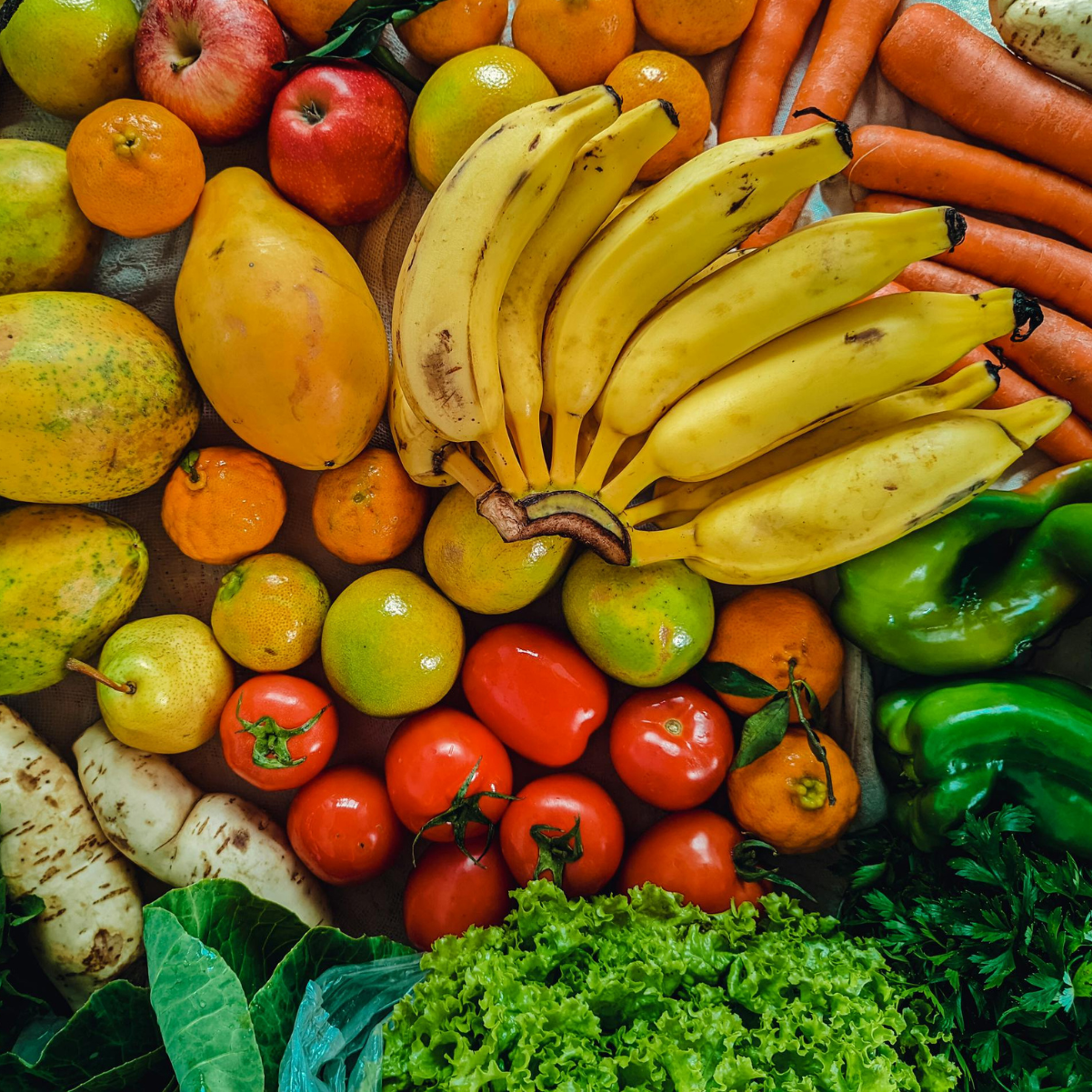
Part 3: Tech at the Table — The Digital Evolution of Foodservice
07/15/2025
Four-Part Series: Foodservice Trends in Healthcare & Senior Living:
- Part 1: Serving Health with Purpose — Sustainability & Food Waste
- Part 2: Empowering the Individual — Senior Autonomy & Culinary Personalization
- Part 3: Tech at the Table — The Digital Evolution of Foodservice (You are here)
- Part 4: From Food to Function — Wellness, Plant-Based Diets, and Preventive Nutrition
Part 3: Tech at the Table — The Digital Evolution of Foodservice
In healthcare and senior living, technology is transforming every aspect of operations — and foodservice is no exception. From meal tracking to inventory automation, digital tools are making kitchens smarter, safer, and more responsive to patient and resident needs.
In this third installment of our four-part series, we take a closer look at how technology is modernizing foodservice in clinical and long-term care settings — and how operators can leverage these tools to drive efficiency, safety, and satisfaction.
Digital Innovation Is No Longer Optional
The days of pen-and-paper meal tallies and manual inventory logs are behind us. According to MealSuite, more than 70% of senior living communities plan to invest in foodservice technology in 2025 — from kitchen automation to resident-facing digital menus.
At the same time, Aramark reports that digital engagement and smart kitchens are two of the fastest-growing trends across senior hospitality and healthcare food operations.
Why? Because tech enables foodservice teams to:
- Reduce human error in tray preparation
- Improve menu planning accuracy
- Ensure compliance with dietary restrictions
- Reduce waste by forecasting real demand
- Enhance the dining experience with resident interaction
Tech-Forward Dining Enhances the Resident Experience
In many communities, the first place residents interact with foodservice technology is on their tablet, phone, or bedside screen. Digital meal ordering systems — especially in hospitals and rehab settings — allow patients to browse menus, see nutrition info, and select their meals with the tap of a finger.
This personalization improves clinical outcomes and satisfaction, especially for patients on restricted or therapeutic diets. It also reduces stress for foodservice teams by eliminating paper menus and last-minute diet changes.
Meanwhile, in senior living, tools like QR codes on dining tables and digital menu boards are helping communities:
- Display allergens and ingredients in real time
- Highlight daily specials and seasonal rotations
- Make the dining experience feel more contemporary
Automation Behind the Scenes
Technology is also reshaping how kitchens operate behind closed doors. Operators are increasingly relying on:
- Inventory management systems to track usage and predict future demand
- Production planning tools to reduce prep labor and ensure portion consistency
- Temperature monitoring sensors to automate food safety logs
- Vendor integration platforms to streamline ordering and avoid overstocking
As CCL Hospitality Group points out, these back-of-house improvements help communities do more with less, especially in a tight labor market where culinary and nutrition staff are hard to recruit and retain.
How GoodSource Supports Technology-Enabled Efficiency
At GoodSource.com, we understand that modern foodservice requires more than just food — it involves flexibility, predictability, and integration. Our online ordering platform is designed to simplify procurement for foodservice operators using:
- Centralized digital ordering for all pantry and kitchen essentials
- Predictive reordering logic based on usage patterns
- Product-level nutritional data for easier menu planning
- Shelf-stable options that simplify inventory rotation and reduce spoilage risk
Our system integrates easily with existing ordering platforms and simplifies vendor management — freeing up foodservice directors to focus on quality and care.
Explore our digital catalog to see how GoodSource supports a smarter, tech-enabled kitchen.
The Human Side of Technology
While automation and efficiency are essential, it’s important to remember that technology should enhance — not replace — the human side of foodservice. The best solutions empower teams to spend more time engaging with residents, not less.
Digital kitchen tools can reduce burnout, ensure food safety, and streamline menu planning, but they also enable a deeper focus on service and hospitality — the heart of every successful dining program.
Conclusion: The Future Is Digital — and It’s Already Here
Whether you’re running a hospital tray line or a luxury independent living dining room, technology is rapidly reshaping how food is prepared, served, and managed. Those who embrace it will enjoy better operational control, more satisfied residents, and the ability to grow strategically without overextending staff.
At GoodSource, we’re here to help you modernize your foodservice workflow with reliable, tech-friendly supply solutions — because great food starts with smart systems.
Ready to modernize your kitchen operations?
Explore our catalog or connect with our team to learn how GoodSource can help you streamline ordering and elevate your foodservice technology stack.

